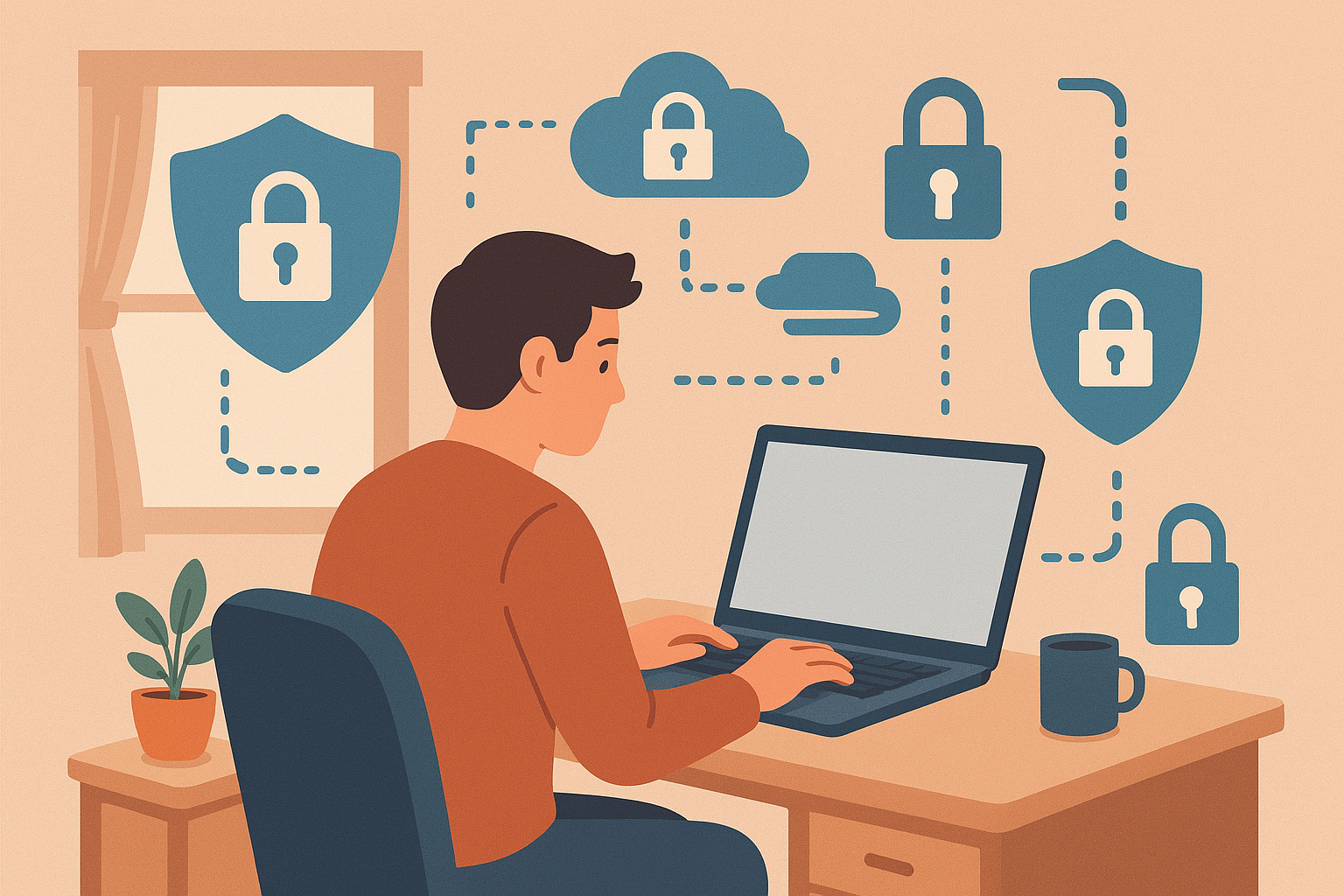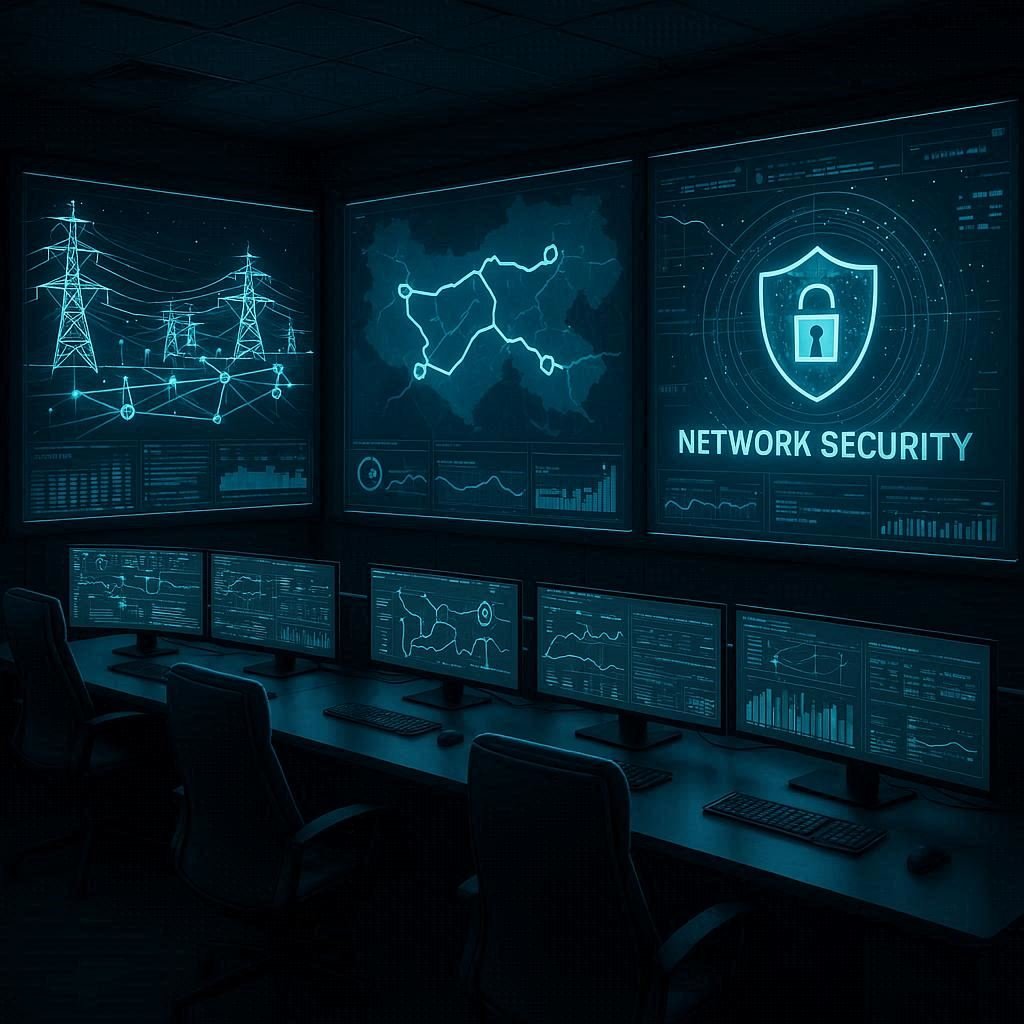Insider Threats: Protecting Your Organization from Within
Table of contents
In today’s interconnected business environment, most organizations focus on external cyberattacks — hackers, malware, and phishing scams. However, one of the most dangerous and often overlooked risks comes from within: insider threats. These threats arise when employees, contractors, or trusted partners misuse their access to harm the organization intentionally or unintentionally.
Understanding and addressing insider threats is crucial for maintaining data integrity, operational stability, and long-term trust. This guide explores what insider threats are, the types that exist, and effective strategies to prevent them.
What Are Insider Threats?
Insider threats refer to security risks originating from individuals with authorized access to a company’s systems, data, or networks. Unlike external attackers, insiders already have legitimate credentials, making detection more difficult.
These threats can be malicious, such as data theft or sabotage, or unintentional, resulting from negligence or human error. Regardless of intent, the outcome is often the same — compromised data, financial loss, and damaged reputation.
Types of Insider Threats
Understanding the different forms of insider threats helps organizations identify warning signs early. The main categories include:
1. Malicious Insiders
These individuals intentionally misuse their access for personal gain, revenge, or competitive advantage. Examples include stealing trade secrets, selling confidential data, or sabotaging systems before leaving a company.
2. Negligent Insiders
Not all insider threats are deliberate. Employees who accidentally share sensitive information, use weak passwords, or fall for phishing attacks can also put the organization at risk.
3. Compromised Insiders
Sometimes, external attackers exploit insiders through social engineering, phishing, or credential theft. In this case, the insider is unaware that their access is being used maliciously.
Why Insider Threats Are So Dangerous
Insider threats are particularly damaging because they bypass traditional security defenses. Firewalls and antivirus tools are designed to block outsiders, not insiders who already have system privileges.
Additionally, insiders understand the organization’s structure, data storage locations, and security protocols, allowing them to exploit weaknesses more effectively.
The cost of insider-related incidents is also significant. Studies show that insider threats can take months to detect and cost organizations millions in investigation, recovery, and legal expenses.
Common Warning Signs of Insider Threats
Detecting insider threats requires vigilance and awareness. Some common red flags include:
- Unusual data access or large file transfers outside normal work hours
- Attempts to bypass security controls or access restricted information
- Use of unauthorized storage devices or external email accounts
- Sudden changes in employee behavior, such as dissatisfaction or secrecy
- Repeated policy violations or disregard for company procedures
Monitoring for these behaviors helps organizations identify potential threats before they escalate.
How to Prevent Insider Threats
Mitigating insider threats requires a combination of technology, policies, and organizational culture. Below are proven strategies to strengthen internal defenses.
1. Implement the Principle of Least Privilege
Limit access rights so employees can only use the data and systems necessary for their role. Regularly review permissions to ensure they remain appropriate as roles change.
2. Conduct Background Checks
Before granting system access, verify an individual’s employment history and references. Background checks reduce the risk of hiring individuals with a history of misconduct.
3. Establish Strong Security Policies
Create clear policies outlining acceptable use, data handling, and incident reporting. Regularly communicate these guidelines to ensure all employees understand their responsibilities.
4. Monitor User Activity
Use monitoring tools and behavior analytics to detect unusual access patterns or suspicious activities. Automated alerts can help identify potential insider threats early.
5. Encourage a Security-First Culture
Promote cybersecurity awareness through regular training. Employees should know how to recognize phishing attempts, protect credentials, and report anomalies promptly.
6. Use Data Loss Prevention (DLP) Tools
DLP software can track and block unauthorized data transfers, ensuring sensitive information does not leave the organization without proper authorization.
7. Establish an Incident Response Plan
Prepare for potential insider threats with a documented response plan. This plan should include investigation procedures, containment measures, and post-incident reviews.
Building Trust and Accountability
While technology plays a critical role in preventing insider threats, human factors are equally important. Building a culture of trust and accountability reduces the motivation for malicious actions.
Recognize and reward ethical behavior, provide clear communication channels for grievances, and maintain transparency about company expectations. When employees feel valued and heard, they are less likely to become a risk.
The Role of Leadership in Preventing Insider Threats
Executives and managers must lead by example. Leadership commitment to cybersecurity fosters organization-wide vigilance.
Regular audits, cross-departmental cooperation, and security investment decisions should reflect the importance of protecting internal assets. When leaders prioritize cybersecurity, employees are more likely to follow suit.
Conclusion
Insider threats represent one of the most challenging risks for any organization. They exploit trust, access, and human error — making prevention a shared responsibility.
By combining technical safeguards, clear policies, continuous monitoring, and a culture of awareness, organizations can significantly reduce the likelihood and impact of insider threats.
Protecting your organization from within isn’t just about technology — it’s about people, trust, and proactive security management.




Comments are closed